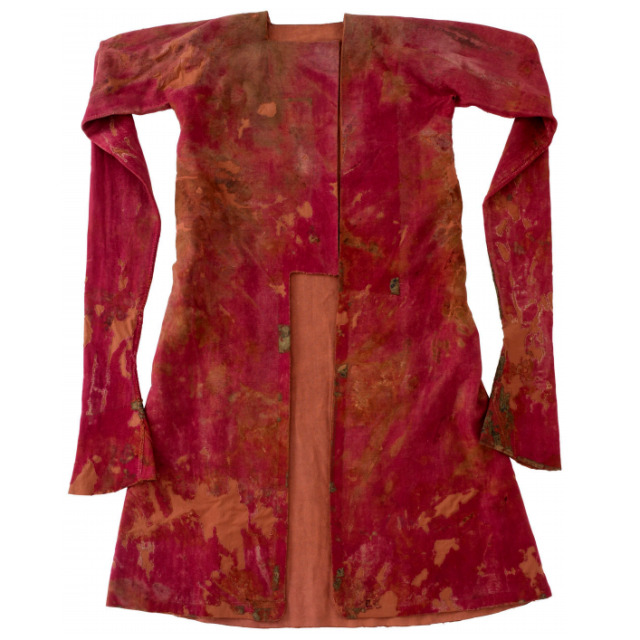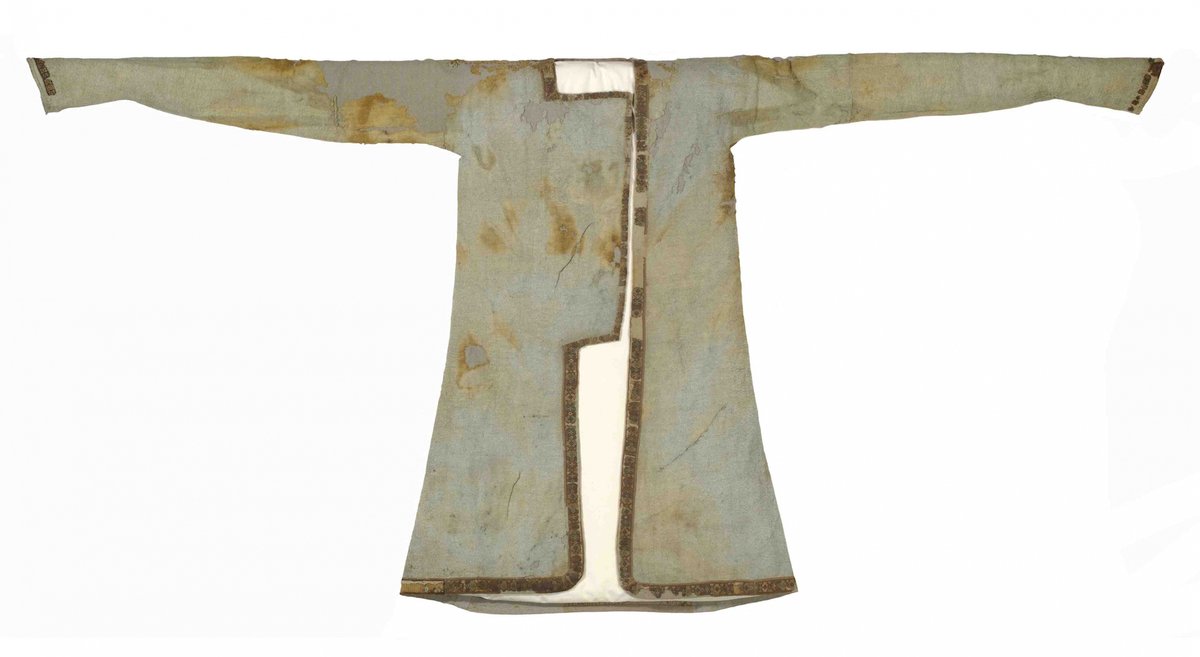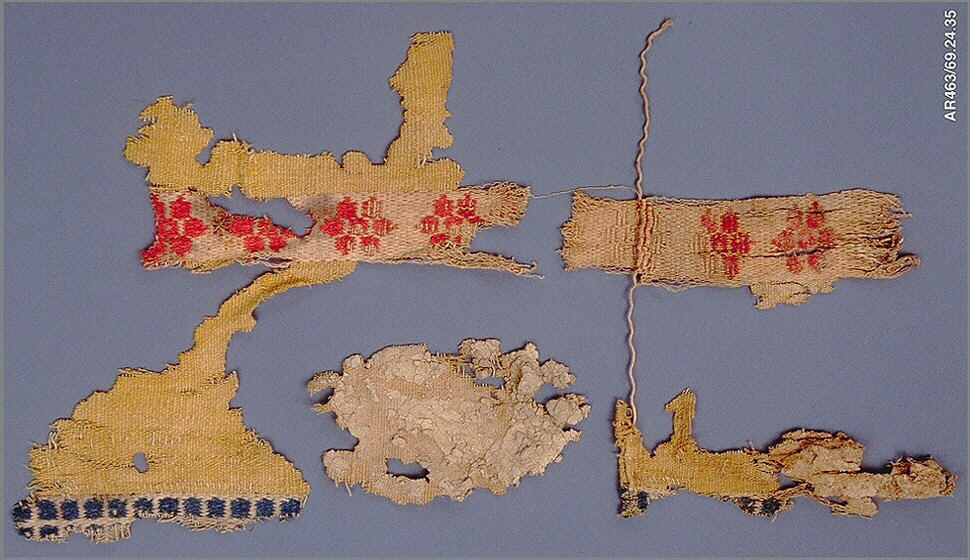Study of Colour in #Sasanian Iran
We have enough reference materials for study & recreation of colours in Parthian-Sasanian eras
Photo: Etchmiadzin Gospels, likely 6-7 C CE depiction of 3 magi
⤵️
We have enough reference materials for study & recreation of colours in Parthian-Sasanian eras
Photo: Etchmiadzin Gospels, likely 6-7 C CE depiction of 3 magi
⤵️

Together with refs to royal colours, like Hamza al-Isfahani's Tarīk̲h̲ sinī mulūk al-arḍ wa ’l-anbiyā, we can work on recreating colours of that era
I've talked about colours in Achaemenid era, though that needs updating. Previous threads on motifs etc:
I've talked about colours in Achaemenid era, though that needs updating. Previous threads on motifs etc:
https://twitter.com/On_Persia/status/1633296217126977537?s=20
Some references from Parthian era: we can certainly assume the colours did not change in Sasanian era, and like many other ways, the same colours were used later on as well
Ref 1: Parthian era textile with colours like purple
⤵️
Ref 1: Parthian era textile with colours like purple
⤵️

Ref 2: Some depictions from Dura Europos
In photo 1 we see both Roman-style (middle) & Parthian-style clothing and colours
⤵️



In photo 1 we see both Roman-style (middle) & Parthian-style clothing and colours
⤵️




Ref 2: Some depictions from Dura Europos
I'm only providing some examples here, not everything.
One important point is that in general, Iranians since antiquity have been the ones with colourful clothing. Greeks made fun of all the patterns & colours among various Iranian
⤵️

I'm only providing some examples here, not everything.
One important point is that in general, Iranians since antiquity have been the ones with colourful clothing. Greeks made fun of all the patterns & colours among various Iranian
⤵️


groups. Certainly, some of these colours like red shoes continued across Parthian & Sasanian eras, and we see the same royal sense of red shoes in Achaemenid era too. So some colour references should refer back to Achaemenid era as well, cautiously.
Ref 3: Parthian-era Edessa

Ref 3: Parthian-era Edessa


Ref 4: Parthian king statue in private collection with reds, golden colour, black, other colours preserved
⤵️

⤵️


Ref 5: Sasanian-era Merv Vase
A super detailed, important reference point. Every piece of this vase needs to be studied.
⤵️



A super detailed, important reference point. Every piece of this vase needs to be studied.
⤵️




Ref 5 cont.
The funerary practices, clothing of rider on horseback, other clothing, and overall style are undoubtedly Sasanian
⤵️



The funerary practices, clothing of rider on horseback, other clothing, and overall style are undoubtedly Sasanian
⤵️




Ref 7: Ghulbiyan
The focus here is just the preserved colours.
I'm also including colours in textiles & other media, which can be further divided for study
⤵️
The focus here is just the preserved colours.
I'm also including colours in textiles & other media, which can be further divided for study
⤵️

Ref 9: Firuzabad, early Sasanian
These need to be properly published. But in 2 we may be able to see traces of green as well
⤵️



These need to be properly published. But in 2 we may be able to see traces of green as well
⤵️




Ref 10: Kooh Khajeh, early Sasanian (1: @metmuseum)
Note that some of these have since been destroyed & the colours are based on early recordings of the paintings
⤵️


Note that some of these have since been destroyed & the colours are based on early recordings of the paintings
⤵️



Ref 11: Basilica of Sant’Apollinare Nuovo in Ravenna, three magi scene
Given the date of this Roman work, the colours could represent Sasanian clothing of same era
⤵️
Given the date of this Roman work, the colours could represent Sasanian clothing of same era
⤵️

Ref 14: Umayyad depictions: Qasr Amra & Qasr al-Hayr al-Gharbi
Note red shoes in 1-2 on Sasanian king
⤵️


Note red shoes in 1-2 on Sasanian king
⤵️



Ref 15: Just one example from Bamiyan
As discussed before, this is rep of Sasanian king, as other groups are very distinctly represented already
Note possible golden colour for the jewelled bands across the chest worn by kings (apesac in Armenian)
⤵️
As discussed before, this is rep of Sasanian king, as other groups are very distinctly represented already
Note possible golden colour for the jewelled bands across the chest worn by kings (apesac in Armenian)
⤵️

Ref 17: Statue of a 'Saint' from the Church in Veh Ardashir
Style of clothing is not Sasanian, but we should certainly pay attention to the colours
⤵️

Style of clothing is not Sasanian, but we should certainly pay attention to the colours
⤵️


Ref 25: Chehrābad Salt Mines, Iran examples
In 4, we may see green & other colours in lining & other parts of shorts
⤵️



In 4, we may see green & other colours in lining & other parts of shorts
⤵️




Ref 32: Some Manichaean paintings
To this I'll just add a few examples of "west Asian" painting styles which could be studied cautiously re some similarities to Sasanian styles & colours
⤵️

To this I'll just add a few examples of "west Asian" painting styles which could be studied cautiously re some similarities to Sasanian styles & colours
⤵️


• • •
Missing some Tweet in this thread? You can try to
force a refresh




































































































